building a new pond in a northern climate
jeff_in_wi
12 years ago
Related Stories

GARDENING AND LANDSCAPINGHow to Make a Pond
You can make an outdoor fish paradise of your own, for less than you might think. But you'll need this expert design wisdom
Full Story
ARCHITECTURE15 Smart Design Choices for Cold Climates
Keep your home safe and comfortable in winter by choosing the right home features and systems
Full Story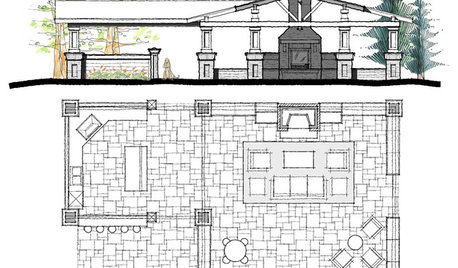
LANDSCAPE DESIGNClimate Control: Work With Nature's Elements for the Best Outdoor Space
Consider sun, wind and water where you live for a deck or patio that's as comfortable as possible all year long
Full Story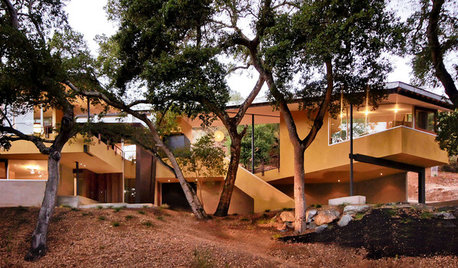
REMODELING GUIDESRegional Modern: Northern California Architecture
A strong connection to the landscape helps define contemporary home design from the Monterey Bay to San Francisco and wine country
Full Story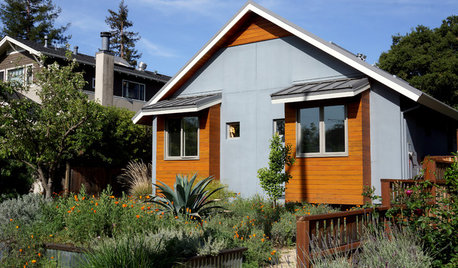
CONTEMPORARY HOMESMy Houzz: Living Simply and Thoughtfully in Northern California
Togetherness and an earth-friendly home are high priorities for a Palo Alto family
Full Story
CONTRACTOR TIPSBuilding Permits: What to Know About Green Building and Energy Codes
In Part 4 of our series examining the residential permit process, we review typical green building and energy code requirements
Full Story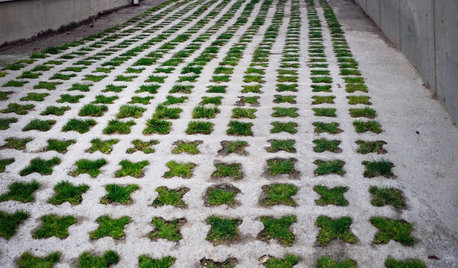
EARTH DAYHow to Build a Greener Driveway
Install a permeable driveway to keep pollutants out of water sources and groundwater levels balanced
Full Story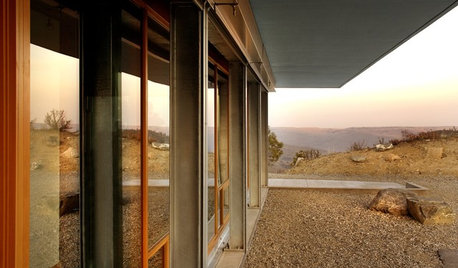
GREEN BUILDINGOff the Grid: Siting and Building to Conserve Energy
Look to low-tech solutions for big energy savings when you’re constructing a home
Full Story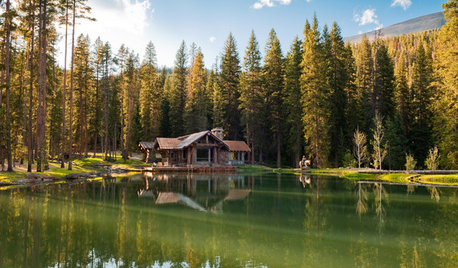
HOUZZ TOURSHouzz Tour: Rustic Cabin With Dive-In Pond
Set on 22 acres and with as many modern comforts as rugged trails, this Montana home is an outdoor lover's paradise
Full Story
GREEN BUILDINGInsulation Basics: Heat, R-Value and the Building Envelope
Learn how heat moves through a home and the materials that can stop it, to make sure your insulation is as effective as you think
Full StoryMore Discussions







diyguy
jalal
Related Professionals
Eden Prairie Landscape Architects & Landscape Designers · San Juan Landscape Architects & Landscape Designers · Mount Wilson Landscape Architects & Landscape Designers · Pelham Landscape Contractors · Arlington Landscape Contractors · Beachwood Landscape Contractors · Cedar Hill Landscape Contractors · Costa Mesa Landscape Contractors · El Mirage Landscape Contractors · Holland Landscape Contractors · Hurricane Landscape Contractors · Miller Place Landscape Contractors · Newberg Landscape Contractors · Norwalk Landscape Contractors · Yukon Landscape Contractorsjeff_in_wiOriginal Author
sheepco
jalal
mike_il
diyguy
jalal
jeff_in_wiOriginal Author
foxfire22_tds_net
mike_il
jeff_in_wiOriginal Author
mike_il
jeff_in_wiOriginal Author
mike_il
jeff_in_wiOriginal Author
mike_il
jeff_in_wiOriginal Author
mike_il
jeff_in_wiOriginal Author
contraryjim